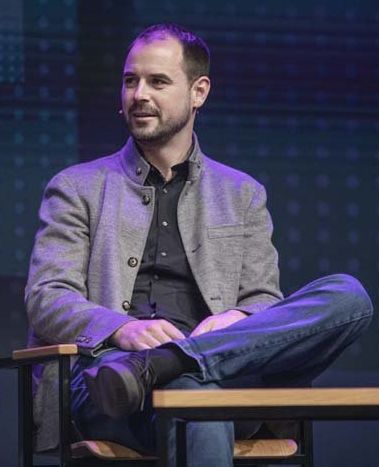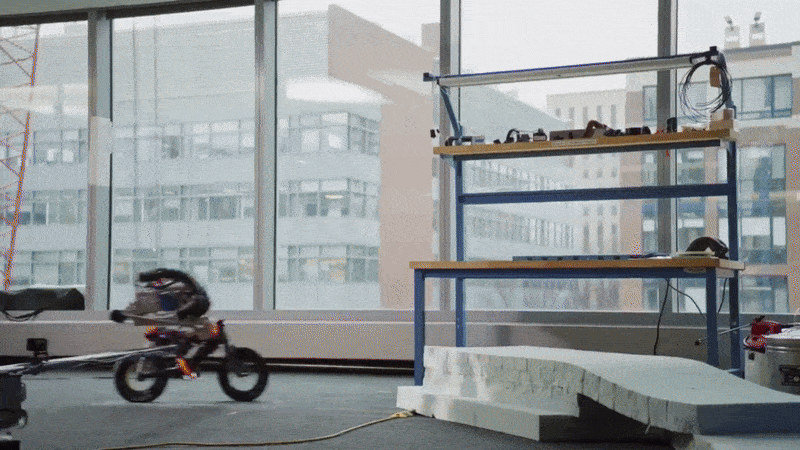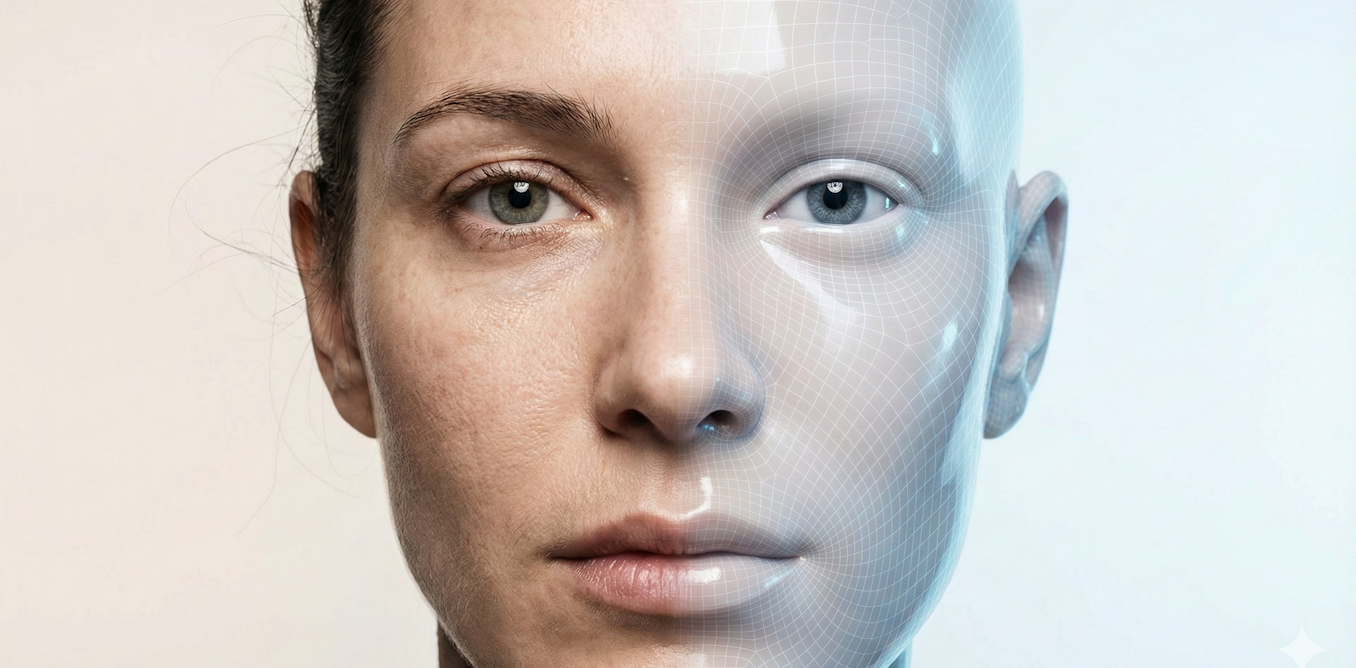Last December, the AI Institute announced that it was opening an office in Zurich as a European counterpart to its Boston headquarters and recruited Marco Hutter to helm the office. Hutter also runs the Robotic Systems Lab at ETH Zurich, arguably best known as the origin of the ANYmal quadruped robot (but it also does tons of other cool stuff).
We’re doing our best to keep close tabs on the institute, because it’s one of a vanishingly small number of places that currently exist where roboticists have the kind of long-term resources and vision necessary to make substantial progress on really hard problems that aren’t quite right for either industry or academia. The institute is still scaling up (and the branch in Zurich has only just kicked things off), but we did spot some projects that the Boston folks have been working on, and as you can see from the clips at the top of this page, they’re looking pretty cool.
Meanwhile, we had a chance to check in with Marco Hutter to get a sense of what the Zurich office will be working on and how he’s going to be solving all of the hard problems in robotics. All of them!
How much can you tell us about what you’ll be working on at the AI Institute?
Marco Hutter: If you know the research that I’ve been doing in the past at ETH and with our startups, there’s an overlap on making systems more mobile, making systems more able to interact with the world, making systems in general more capable on the hardware and software side. And that’s what the institute strives for.
The institute describes itself as a research organization that aims to solve the most important and fundamental problems in robotics and AI. What do you think those problems are?

Marco Hutter is the head of the AI Institute’s new Zurich branch.Swiss Robotics Day
Hutter: There are lots of problems. If you’re looking at robots today, we have to admit that they’re still pretty stupid. The way they move, their capability of understanding their environment, the way they’re able to interact with unstructured environments—I think we’re still lacking a lot of skills on the robotic side to make robots useful in all of the tasks we wish them to do. So we have the ambition of having these robots taking over all these dull, dirty, and dangerous jobs. But if we’re honest, today the biggest impact is really only for the dull part. And I think these dirty and dangerous jobs, where we really need support from robots, that’s still going to take a lot of fundamental work on the robotics and AI side to make enough progress for robots to become useful tools.
What is it about the institute that you think will help robotics make more progress in these areas?
Hutter: I think the institute is one of these unique places where we are trying to bring the benefits of the academic world and the benefits from this corporate world together. In academia, we have all kinds of crazy ideas and we try to develop them in all different directions, but at the same time, we have limited engineering support, and we can only go so far. Making robust and reliable hardware systems is a massive effort, and that kind of engineering is much better done in a corporate lab.
You’ve seen this a little bit with the type of work my lab has been doing in the past. We built simple quadrupeds with a little bit of mobility, but in order to make them robust, we eventually had to spin it out. We had to bring it to the corporate world, because for a research group, a pure academic group, it would have been impossible. But at the same time, you’re losing something, right? Once you go into your corporate world and you’re running a business, you have to be very focused; you can’t be that explorative and free anymore.
So if you bring these two things together through the institute, with long-term planning, enough financial support, and brilliant people both in the U.S. and Europe working together, I think that’s what will hopefully help us make significant progress in the next couple of years.
“We’re very different from a traditional company, where at some point you need to have a product that makes money. Here, it’s really about solving problems and taking the next step.” —Marco Hutter, AI Institute
And what will that actually mean in the context of dynamically mobile robots?
Hutter: If you look at Boston Dynamics’ Atlas doing parkour, or ANYmal doing parkour, these are still demonstrations. You don’t see robots running around in the forests or robots working in mines and doing all kinds of crazy maintenance operations, or in industrial facilities, or construction sites, you name it. We need to not only be able to do this once as a prototype demonstration, but to have all the capabilities that bring that together with environmental perception and understanding to make this athletic intelligence more capable and more adaptable to all kinds of different environments. This is not something that from today to tomorrow we’re going to see it being revolutionized—it will be gradual, steady progress because I think there’s still a lot of fundamental work that needs to be done.
I feel like the mobility of legged robots has improved a lot over the last five years or so, and a lot of that progress has come from Boston Dynamics and also from your lab. Do you feel the same?
Hutter: There has always been progress; the question is how much you can zoom in or zoom out. I think one thing has changed quite a bit, and that’s the availability of robotic systems to all kinds of different research groups. If you look back a decade, people had to build their own robots, they had to do the control for the robots, they had to work on the perception for the robots, and putting everything together like that makes it extremely fragile and very challenging to make something that works more than once. That has changed, which allows us to make faster progress.
Marc Raibert (founder of the AI Institute) likes to show videos of mountain goats to illustrate what robots should be (or will be?) capable of. Does that kind of thing inspire you as well?
Hutter: If you look at the animal kingdom, there’s so many things you can draw inspiration from. And a lot of this stuff is not only the cognitive side; it’s really about pairing the cognitive side with the mechanical intelligence of things like the simple-seeming hooves of mountain goats. But they’re really not that simple, they’re pretty complex in how they interact with the environment. Having one of these things and not the other won’t allow the animal to move across its challenging environment. It’s the same thing with the robots.
It’s always been like this in robotics, where you push on the hardware side, and your controls become better, so you hit a hardware limitation. So both things have to evolve hand in hand. Otherwise, you have an over-dimensioned hardware system that you can’t use because you don’t have the right controls, or you have very sophisticated controls and your hardware system can’t keep up.
How do you feel about all of the investment into humanoids right now, when quadrupedal robots with arms have been around for quite a while?
Hutter: There’s a lot of ongoing research on quadrupeds with arms, and the nice thing is that these technologies that are developed for mobile systems with arms are the same technologies that are used in humanoids. It’s not different from a research point of view, it’s just a different form factor for the system. I think from an application point of view, the story from all of these companies making humanoids is that our environment has been adapted to humans quite a bit. A lot of tasks are at the height of a human standing, right? A quadruped doesn’t have the height to see things or to manipulate things on a table. It’s really application dependent, and I wouldn’t say that one system is better than the other.

The post “Marco Hutter Wants to Solve Robotics’ Hard Problems” by Evan Ackerman was published on 04/11/2024 by spectrum.ieee.org





















